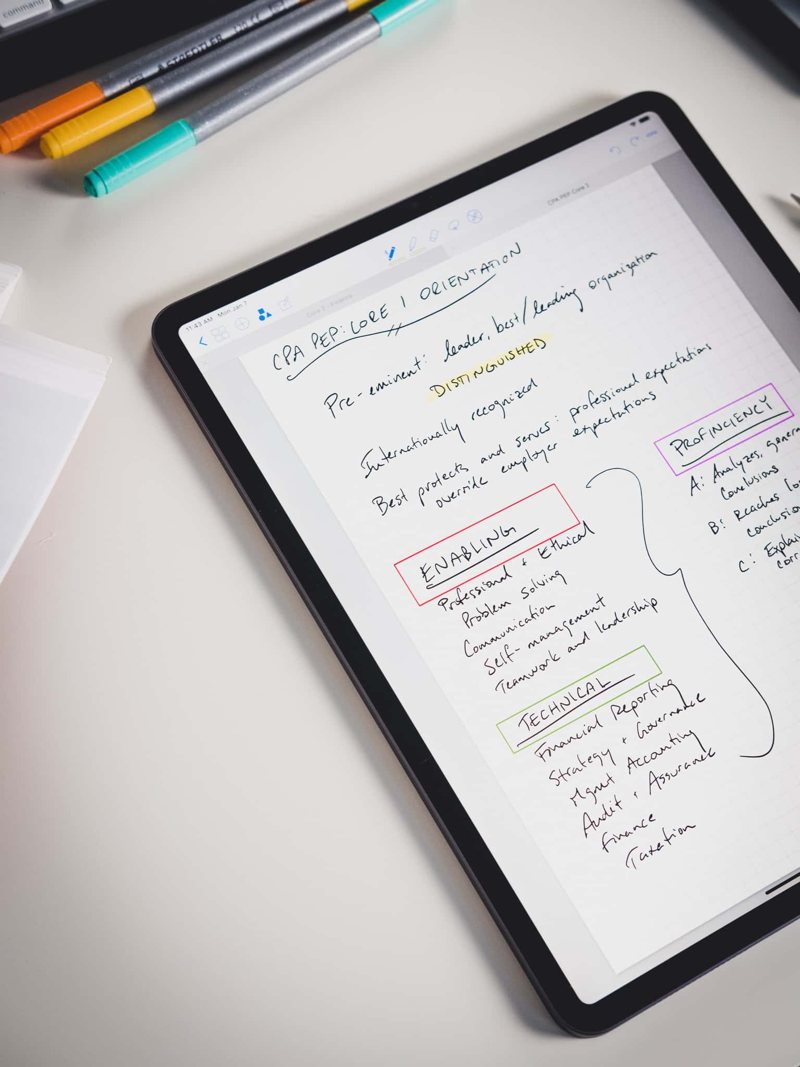

thereis no possibilityof blockingin a multiplexing one-to-one relationsincethe same switching information thereis no needto transfer oflinesat oneendandswitching between customer the shipdefines conespondence pair-gain systems that is multiplexing of f,rce linesat theotherend.A majordrawback inactive. l9b, thereis a one-to-one in system, Thus,unlikethe concentration of linesandthe subchannels the multiplexer. in shown Figure1.I9b is a multiis of digital voicesignals, the preferred tiplexing,time divisionmultiplexing later' discussed plexingapproach digitalpair-gainsystems for the relationship between customer As shown FigureI. reverse setup theappropriate Multlplexing of the bandwidth a typicalwire pairis considerably As shown Figure1.14, inherent in greater needed a singlevoicesignal.Thus,multiplexingcanbe usedto for thanthat imin pairof wires.Theincrease attenuation on carrymultiplevoicechannels a single and in is pliedby thehigherfrequencies offsetby amplifiers themultiplexequipment lines.The particularmultiplexingtechnique at periodicpoints in the ffansmission form of mul* Another frequency divisionmultiplexsystem. lines,theotherendmustbe informedto to lishesa newconnectron oneof the shared comection. berequires ffansfer controlinformation the of system Noticethata concentration estabWhenoneendof thesystem switch tweentheconcentrator/expander terminals. * of tive calledstationis busy75 timesasoften. example,40 canbe achieved 10lineswithablocking areeachactiveonlyT.SVoofthetimecanbeconcentratedonto sinceanequallyacdegradation service in probability 0.001 Thisis anacceptable. ices,a certainamountof blockingis necessarily amounts concenffation of is significant theactivityof individualstations low enough, stations that For with acceptable blockingprobabilities. It connecting stations servall is of Sincea concentrator incapable simultaneously When by introduced concentration. Saadawi, Mos'tafa Ammar, with Ahmed El Hakeem Meteor Burst Communicalions: Theory and Practice Donald L, Schilling, Editor Vector Space Projections: A Numerical Approar:h to Signal and Image Processing, Neural Nets, and, Optict: Henry Stark and Yongyi Yang Signaling in Telecommunitation Networl M) and (z (b) multiplexing. Rees Fundamentals of TeIecommunicat fun N etw orks Tarek N. lcvesque Satellite Communicationt: The First Quarter Century of Senice David W. Morgan and Denis Rouffet Wirele ss I nfo rmat ion N etwo tk Kaveh Pahlavan and Allen H. Mammone, Editor Digital Communication Receivers: Synchronization, Channel Estimation, and Sigtnl Processing Heinrich Meyr, Marc Moeneclaey, afld Stefan A, Fechtel Synchronization in Digital Comntunications, Volume I Heinrich Meyr and Gerd Ascheid Business Earth Stationsfor Telecommunications Walter L. Morgan Mobile Communications Design Fundamentals, 2nd Edition William C, Y, Lee Expen SystemApplications for Telecommunications Jay Liebowitz Digital Signal Esilrndtion Robert J. Gagliardi and Sheman Ksxp Active Noise Control Systemt: Algorithm"s and DSP Implementations Sen M.

Gagliardi Optital Communications, Znd Edition Robert M. Frceman Introduction to Communications Engineering, 2nd Edition Robert M. Frceman Telecommunications Transmission Handb ook, 4th Etlition Roger L. Freeman Telecommunication SystemEngineering, 3rd Edition Roger L. Freeman Radio SystemDesign for Telecommunications, Znd Edition Roger L. Freeman P ractic al Data Communicat ions Roger L. Cover and Joy A, Thomas Fundame ntals of Telecommunicat ions Roger L. Introduction to Digital Mobil Communications Yoshihiko Akaiwa Digital Telephony, Sril Etlition John Bellamy E lements of I rfonuttion Theory Thomas M.

#TYPELI WRITING APP SERIES#
WILEY IN SERIES TELECOMMUNICATIONS ANDSIGNAL PROCESSING


 0 kommentar(er)
0 kommentar(er)
